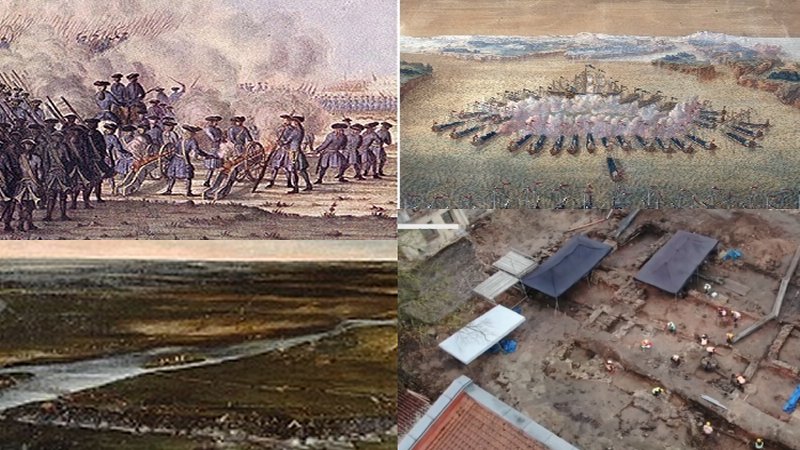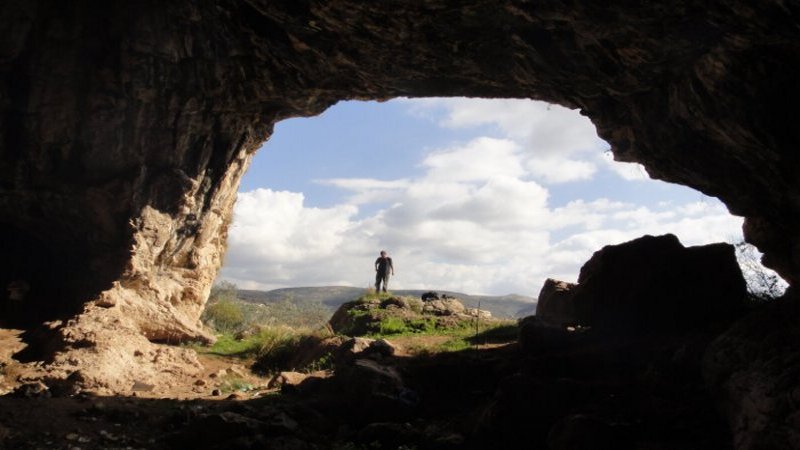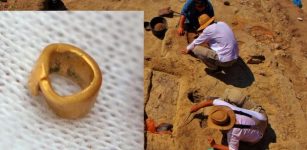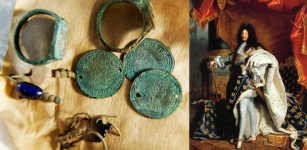World’s First 3D Print Of A 3,000-Year-Old Chinese Oracle Bone – Created
MessageToEagle.com – A 3,000-year-old ox bone – inscribed with the earliest-known example of Chinese writing – has become the world’s first ‘oracle bone’ to be scanned and printed in 3D.
Researchers from the Cambridge University Library probably created the first 3D print of a 3,000-year-old Chinese oracle bone.
The high-resolution image of the bone, which measures about 9×14 cm, knits together 1.3 million aspects to allow a seamless view of its entire surface.
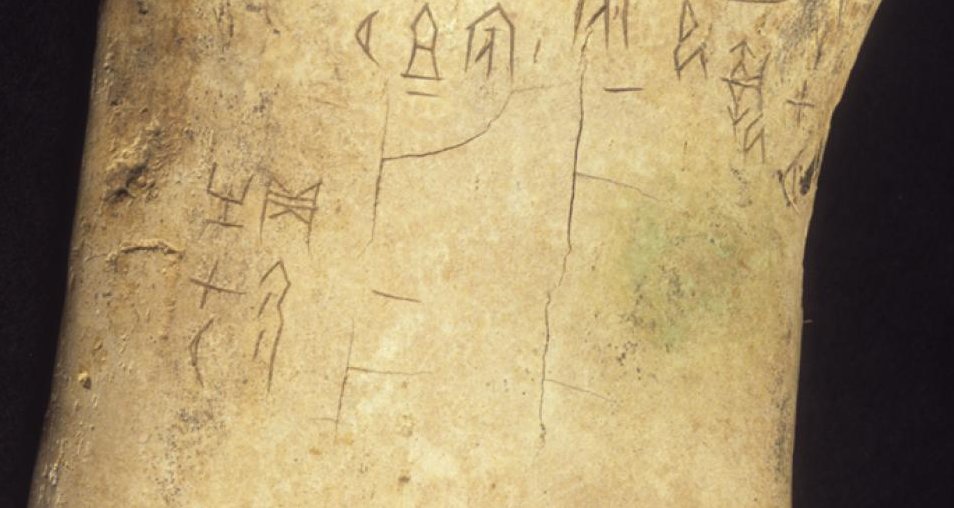
The image brings into sharp focus not only the finely incised questions on the obverse of the bone, but also the divination pits engraved on the reverse and the scorch marks caused by the application of heat to create the cracks, which were interpreted as the answers from the spirit world.
“Some of the bones have already been included in the Cambridge Digital Library but now new technology provides readers around the world an even closer look at these precious artefacts,” Charles Aylmer, Head of the Chinese Department at Cambridge University Library, said.
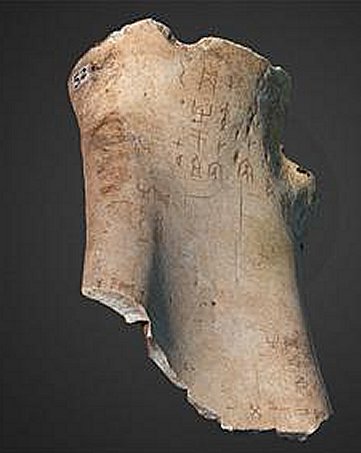
Chinese inscribed oracle bones are the oldest extant documents written in the Chinese language, dating from 1339-1112 BCE.
Inscribed on ox shoulder blades and the flat under-part of turtle shells, they record questions to which answers were sought by divination at the court of the royal house of Shang, which ruled north central China at that time.
The inscriptions on the bones provide much insight into many aspects of early Chinese society, such as warfare, agriculture, hunting, medical problems, meteorology and astronomy.
Among the latter is a record of a lunar eclipse dated to 1192 BCE, one of the earliest such accounts in any civilization.
The oracle bones are 3D objects, and high-resolution 3D imagery reveals features, which were not visible with all previous methods of reproduction. In particular, the reverse sides of the bones, which are crucial to understanding the process of divination but have hitherto been neglected because of the difficulty of representing them adequately, can now be studied in detail thanks to this new technique.
Researchers hope to create images of more bones from the Library’s collection as funding permits.
MessageToEagle.com
Expand for referencesReferences:


